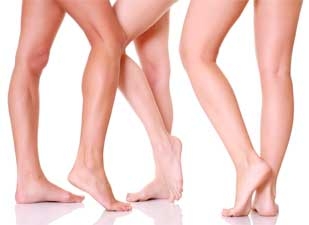

Varicose veins are abnormal, dilated blood vessels caused by continuously weakening vessel wall. They develop when valves in the veins that allow blood to flow toward the heart stop working properly. As a result, blood pools in the veins and causes them to get larger. The symptoms are quite obvious as they are possible to happen in any parts of your body. The most common spots are your legs and ankles, especially on the backs of the calves or the inside of the leg. Though they are neglectful at first, from time to time, it will blow into serious illnesses that could affect our daily life and working performances once they get larger . Some occupations such as teachers, surgeons, nurses, hairdressers, counter lady, cook, waiters are high risk groups of getting varicose veins.

- Clusters of purple or blue veins that are enlarged, swollen and raised above the surface of the skin of feet and ankles
- Muscle cramps, soreness, or aching in the legs
- Heaviness, burning, aching, tiredness, or pain in your legs. Symptoms may be worse after you stand or sit for long periods of time
- Discomfort, Itching over the vein
- Brown discoloration of the skin
- Dry skin
- Ulcers



|

|





























